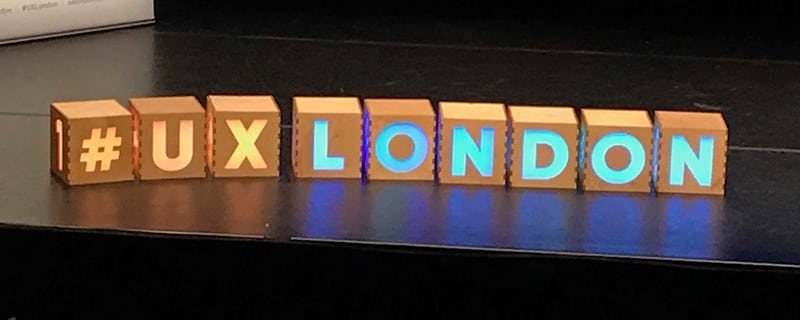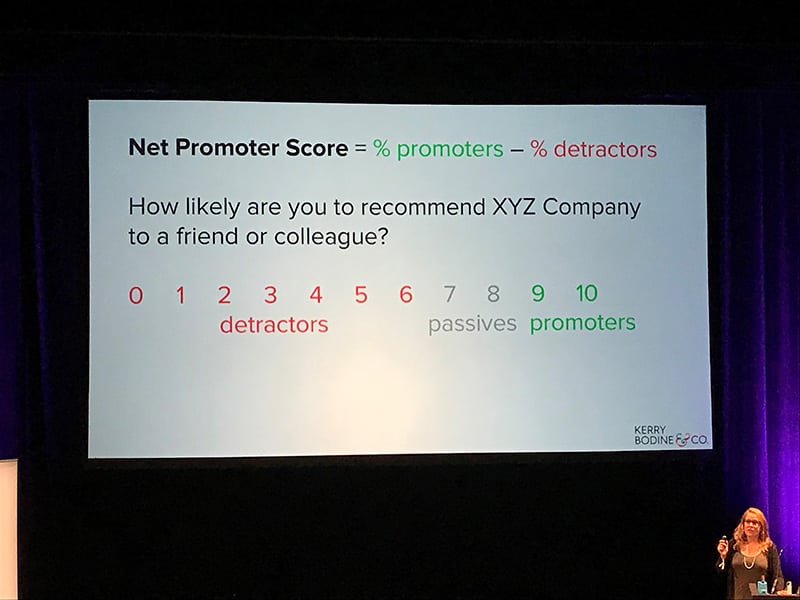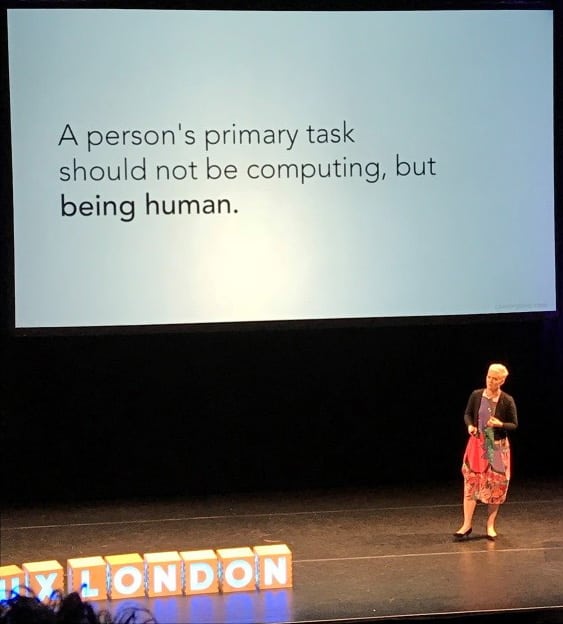I was lucky enough to attend UX London 2018 a couple of weeks ago for day two, and as always Clearleft put on a great conference. During the day two talks in particular stood out for me. The first was Kerry Bodine’s “From UX to CX to Service Design” and the second was Amber Case’s talk on “Calm Technology.”


The talk then led to how companies can go about designing new experiences based on well researched and thought out customer journey maps. It also touched upon the importance of service design in the process, and the need to understand the complexities that designing a new customer experience can have on the systems and departments within an organisation. It provided an insight into the growing role of CX practitioners within organisations and I’m sure that plenty in the crowd saw a potential career path following the presentation.
My second highlight was Amber Case’s presentation on calm technology. Amber argued, quite rightly about how technology in today’s world has gone beyond supporting us and instead is constantly interrupting us with vibrations, beeps and pings. The role of the smart fridge and the smart kettle were questioned and more deeply, it explored whether putting microchips into every conceivable appliance should really be seen as progress.
Instead Amber proposed moving away from what was termed as an era of interruptive technology and based on the work of Mark Weiser and John Seeley Brown, aiming to design calm technology instead. Weiser and Seeley Brown worked at Xerox PARC in the nineties and were some of the first to question the impacts of technological change and the importance of its relationship to us.
7 principles of designing calm technology were put forward:
- Technology should require just some of our attention when necessary, not all of it, all the time.
- Technology should work with our periphery senses, so that we can focus on the task at hand.
- Technology should inform us in subtle and appropriate ways.
- Technology should bring out the best in technology and humanity.
- Technology doesn’t have to speak in order to communicate.
- The correct amount of technology is the minimum required to solve an issue.
- Technology should still work even when it fails.

Other than the principles of calm design, the key takeaway from the presentation was summed up well by Mark Weiser’s quote.
“The scarce resource in the 21st Century will not be technology. It will be attention.”
This is something that rings true already with phones constantly vying for our gaze with notifications, pop ups as we browse and an inundation of content, particularly in the digital sphere. As we design the next generation of interfaces, it is something we should all be acutely aware of.
UX London was thought provoking and as always, offered a good opportunity to learn new things, but also apply some deeper thinking into what we do on a day to day basis. Clearleft should be commended, not only for their great organisation, but their ever improving brewing enterprise, BeerLeft!
